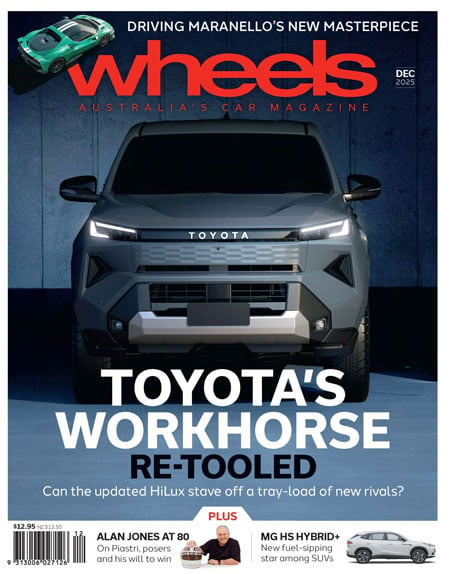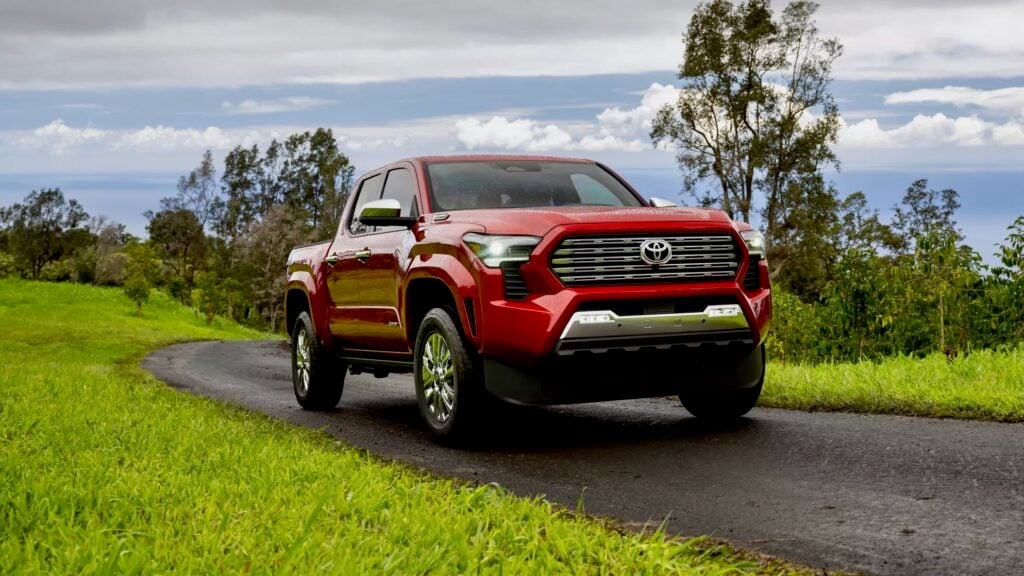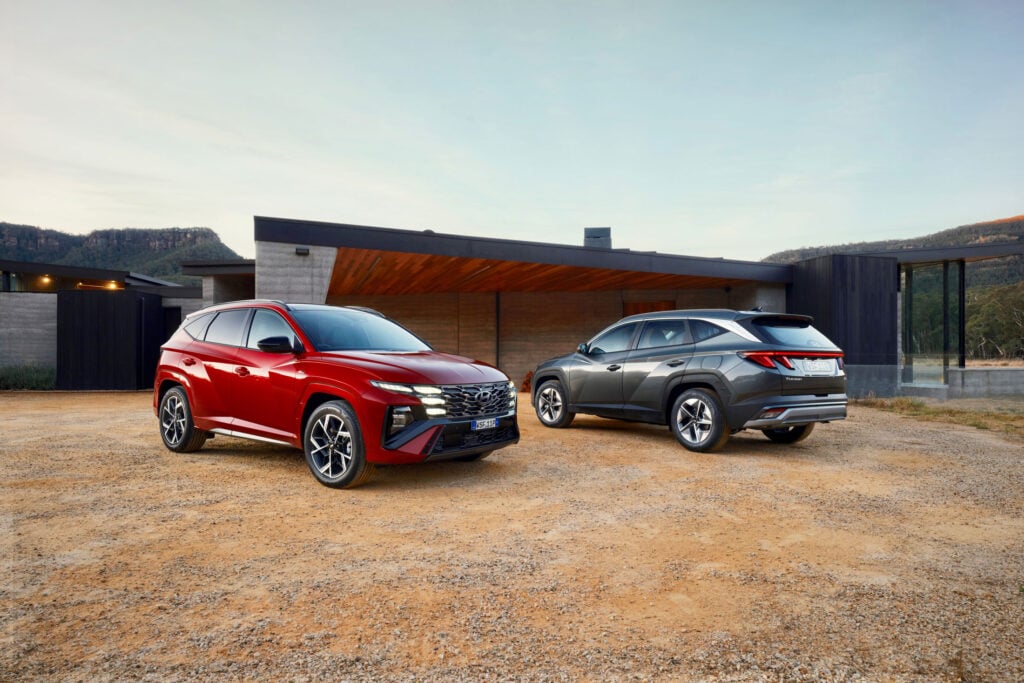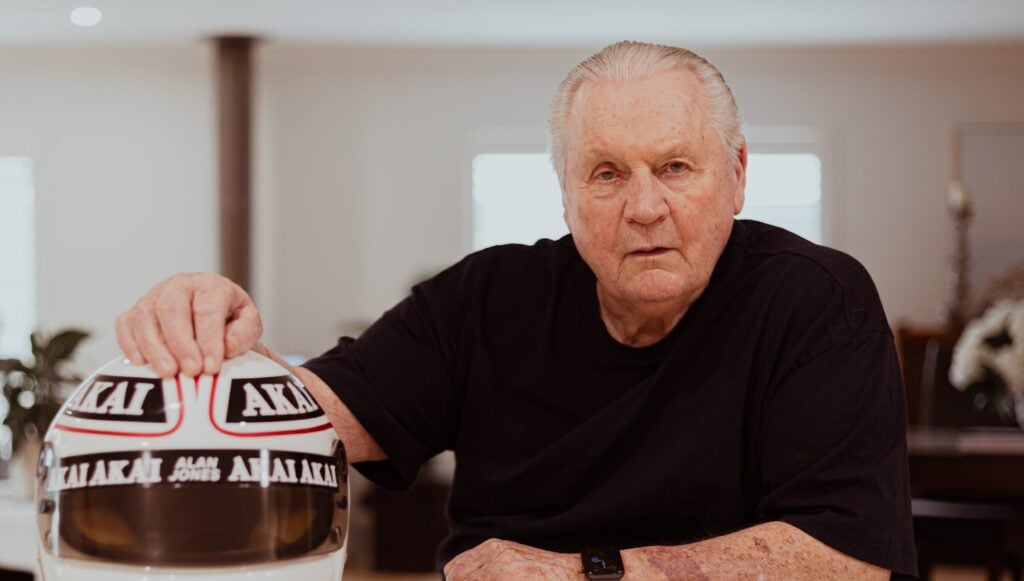Alpine is the best sports car maker most people have never heard of.
The Renault-owned brand hasn’t produced a car since 1995, but now it’s back with the Alpine A110. It’s a tactile, thrilling thing to drive, a 1100kg bundle of energy that takes the best principles of Lotus and Porsche and remixes them with the Renaultsport knowhow that makes the Megane RS such a weapon.
That this newcomer is simultaneously so usable, comfortable and unintimidating to throw around only underlines its appeal. But then, that’s what Alpines always were about – cars to rip over a mountain pass, not destroy the quarter mile.
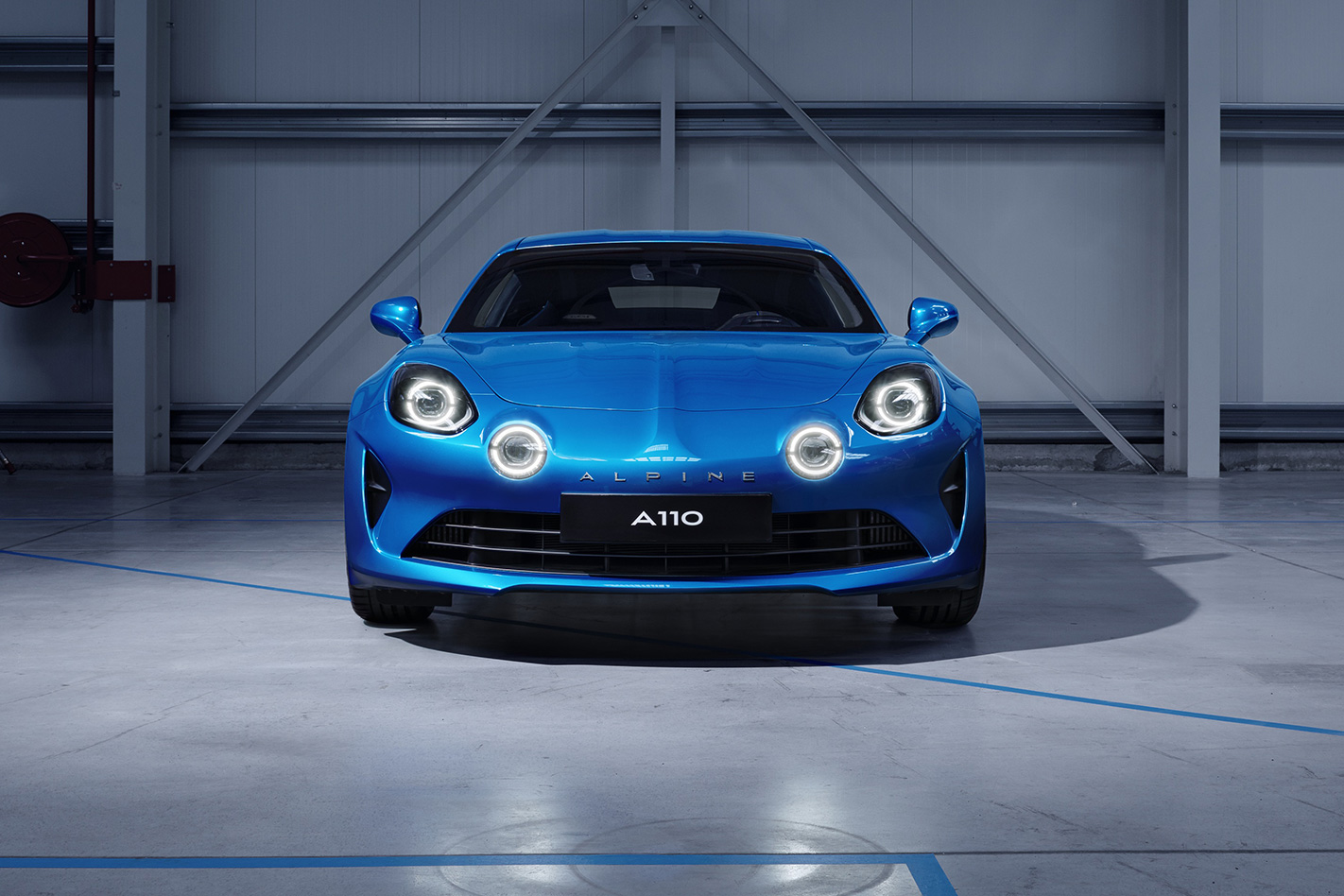
“There’s a really active scene in Australia and the new car got a great reaction, so we decided we had to be there,” says MD Michael van der Sande.
The first cars land in spring 2018, supported by a network of just three dealers (existing Renault, but specially trained). Prices and dealer locations are still to be confirmed, but its European list price makes it a direct competitor for a base Porsche Cayman. It would be a pity if pricing proved the car’s undoing.

The spine running over the bonnet, the headlights that peer from the front end like an amphibian from a pond, the shoulder line that flows like an archer’s bow, and the heavily scalloped body sides – all of it instantly evokes the 56-year-old original without appearing a backwards-looking pastiche. The new car dwarfs the old car, but it still looks small: at 4.1 metres long, it’s 200mm more compact than a Cayman, and its roof lines up with a six-footer’s belly.
Inside, though, even those somewhere north of six feet will have more than enough space. The sports seats are set low on the floor, squish comfortably but hug firmly, and leave generous room for legs and even crash-helmeted heads (the boss is 6’6”).

But the engine isn’t the heart of the A110. That’s the chassis. The bespoke underpinnings mostly consist of bonded and riveted aluminium extrusions much like a Lotus, the engine is mid-mounted behind the driver (not rear-engined like its namesake, note) and the fuel tank positioned up front for a 44/56 weight distribution.
Crucially, there’s also double-wishbone suspension with hydraulic bump stops on all four corners where rivals typically use cheaper struts. Adjustment allows each car’s suspension to be precisely aligned at the factory and dial out any small tolerances in the build process. Brembo four-piston brake calipers borrowed from a Clio 3 RS grip cast-iron discs on aluminium hubs.
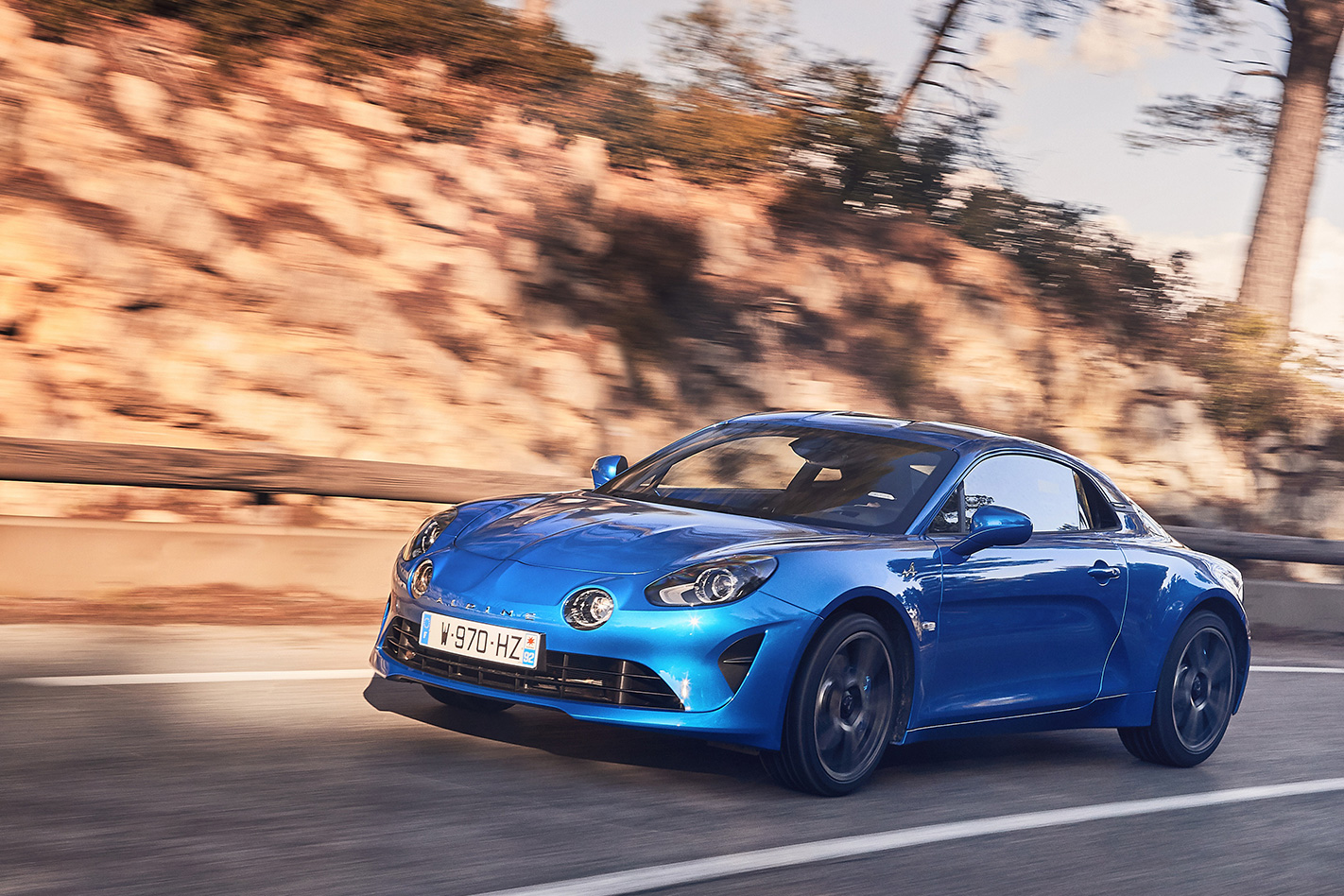
The lowest kerbweight of 1080kg (with fluids) for the entry-level Pure spec – 17-inch rims, smaller brakes, no nav, no sports exhaust – is more than 200kg lighter than a Cayman, if a chunky 100kg or so above the carbonfibre Alfa 4C (895kg dry). But even better-equipped A110s go little beyond 1100kg, and by today’s standards that’s a very light car.
The A110 feels good even trickling along at the national speed limit. The electric steering is quick-witted, builds its relatively modest weighting with linearity and precision, and self-centres gently and naturally. Much like a Toyota 86, every twist of the leather rim is met with instant, slop-free response from the front end. It’s like a dog that’s getting impatient for you to actually throw the stick, alert to your every twitch. It’s an immediacy that’s complemented by the crisp, firm feel of the powerful brakes, the finger-click shifts of the dual-clutch gearbox, and the awareness that the centre of gravity is low and the car eager to pivot around your hips.

That’s partly because no matter what you press, the suspension carries on regardless – no adaptive dampers here. It’s incredibly supple and composed, somehow managing to both detach itself from the worst cambers and imperfections, while still feeling intimately keyed-in to the stuff that matters – a compromise the writhing Alfa 4C miserably fails to strike. The Alpine’s springing is quite soft, the anti-roll bars modest in diameter, so you feel the A110 leaning more like sports cars used to, but it’s all well contained and the double-wishbone set-up means the Michelin Pilot Sports maintain their contact patch on the road. The harder you go, say the engineers, the better it presses into the surface.
After a trip through winding, narrow French hillsides with an appropriate dusting of snow, we find ourselves at Circuit du Grand Sambuc. It’s a short track with a long start/finish straight, a series of tricky left-right flicks and a blind tumble into a heavy braking zone and hairpin. It’s raining lightly and the surface is slick and greasy, providing ideal conditions to play with the A110’s balance.
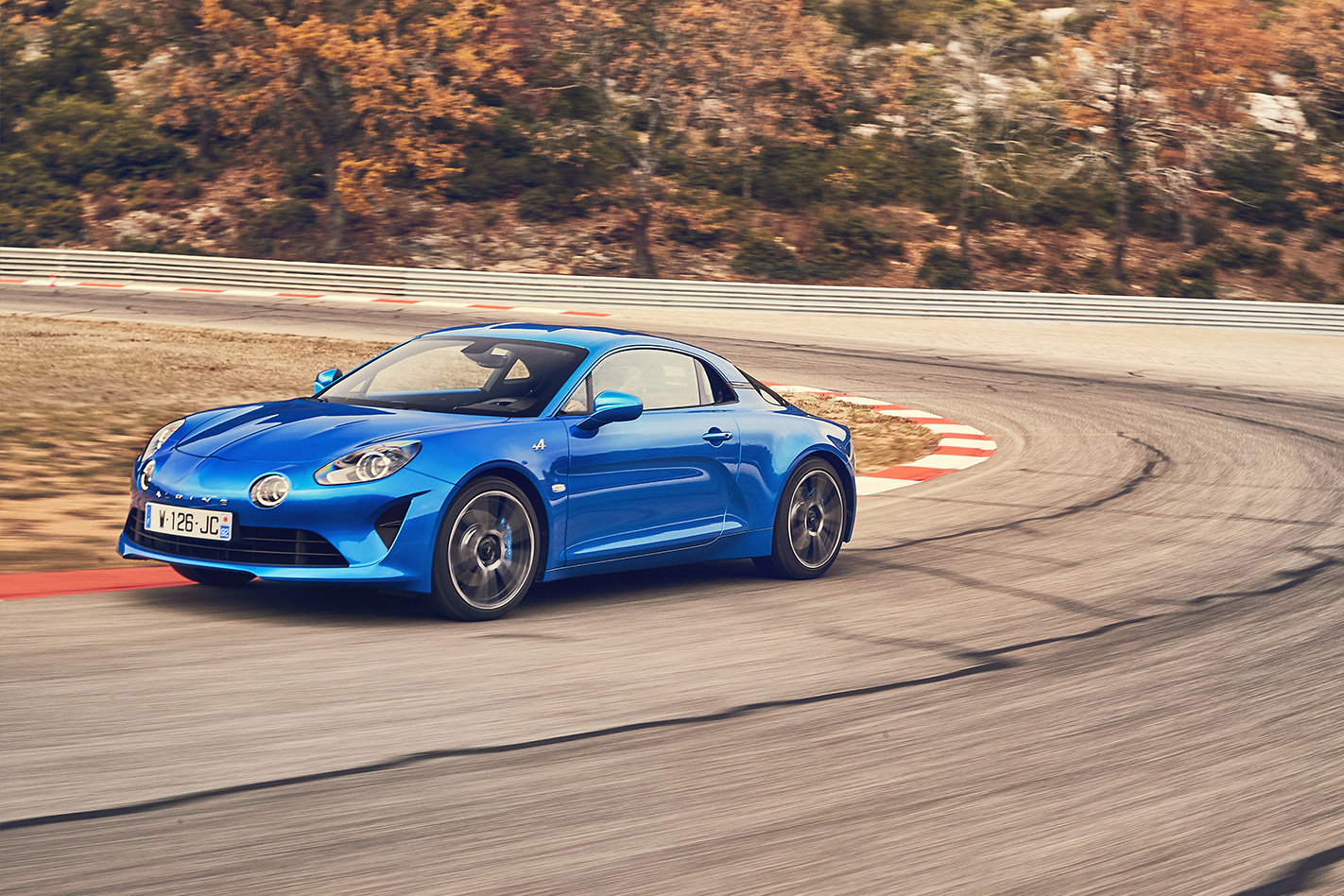
You’ll get that in Track mode with its more lenient stability control setting, but the Alpine’s balance feels so benign and playful – and the ESC still a bit too keen – that there’s little intimidation to switching everything off. Only then can you truly appreciate just how throttle adjustable the Alpine is, hanging at huge angles while the driver taps out tunes on the responsive throttle. A proper limited-slip diff would make it more precise still, but that would’ve added weight and cost and, more problematically, was apparently tough to package with the dual-clutch gearbox. Besides, it’s no deal-breaker – the A110 still feels intuitive and obedient to drift when you want it to.
Judged on driving dynamics alone, there’s no doubt the A110 is right up there with a Cayman or Elise. The case against starts with the interior. It’s purposefully sporty and far from poorly built, but there are also switches shared with much cheaper Renaults, clacky plastics on prominent display, and a fairly average infotainment system.
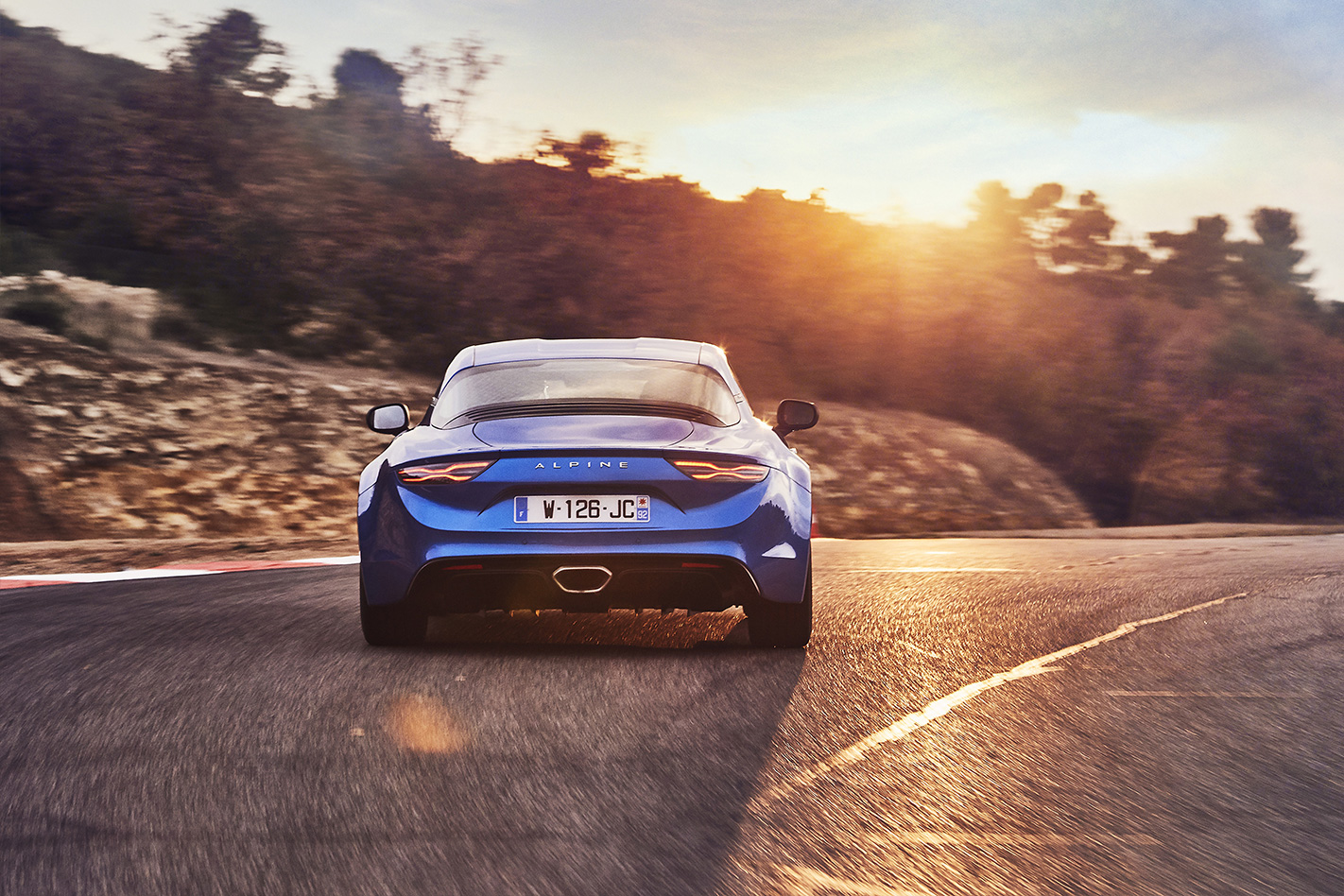
But if the price for such exotic engineering is a few hard plastics here and there, well, who cares? We certainly don’t. Because even had it come from a long-established maker, we’d have still been blown away by the A110.
Never mind that it’s landed out of the blue, perfectly formed and sublime to drive. Spring 2018 can’t come soon enough.


